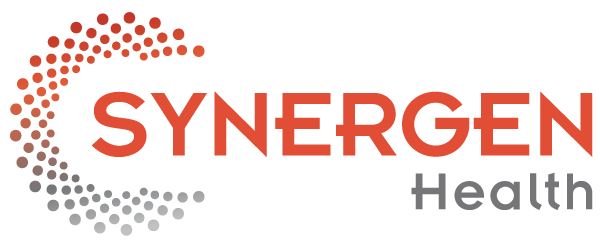 The fight against an increasing rate of claim denials persists: Medicare Advantage denials went up by 56%, and commercial denials jumped 20% this year.
The fight against an increasing rate of claim denials persists: Medicare Advantage denials went up by 56%, and commercial denials jumped 20% this year.
Stats like these can make boosting your organization’s clean claim rate seem impossible, but it’s not—the right technology can support your revenue cycle every step of the way.
But first, understanding the entire lifecycle of a clean claim is essential for optimizing processes. Let’s explore the various stages of a clean claim’s journey, from patient care to reimbursement, and how technology mitigates denials at every point.
Pre-Service Preparation
The journey of a clean claim begins long before a patient steps into a healthcare facility. Pre-service preparation is about laying a solid foundation, including verifying patient eligibility, obtaining pre-authorizations, and collecting accurate patient data.
Considering that eligibility and missing prior authorization were cited as top reasons for initial payer denials in 2023, this is a crucial first step.
Real-time eligibility checks, made possible by technology, allow healthcare organizations to verify whether a patient’s insurance coverage is active and valid during registration, helping prevent claim rejections.
Additionally, technology can assist in identifying coverage options for patients without insurance and explore alternative options, such as Medicaid eligibility checks, self-pay discounts, or payment plans.
At the Front Desk
The front desk is more than just the welcoming face of a healthcare facility; it’s a critical checkpoint in the claim lifecycle.
Staff here are responsible for double-checking that all patient information is accurate and capturing any patient information they may not already have. This information includes current insurance details, such as employment status and insurance plans, which can change often, and all demographic information, such as name, date of birth, address, and Social Security number.
Similar to pre-service, integrated software systems can help at this stage with real-time data verification to reduce the administrative burden on staff and decrease the likelihood of data entry errors.
After Service Occurs
Once the patient has received the necessary medical care and services, the next phase in the clean claim lifecycle begins.
Every service performed must be documented and accurately coded to ensure the claim reflects the full scope of care provided. This documentation serves as the basis for the claim, and any omissions could result in incomplete billing—leaving revenue on the table.
In the case of ASCs, it’s essential to double-check you have reported any supplies used during the procedure. Supplies can account for a significant portion of the overall cost, and not including them can lead to underbilling. Technology can assist in streamlining the process by tracking supply usage and automatically including these items in the claim.
Before Submission
Before you send a claim, it should undergo a review process – ‘claim scrubbing.’
Advanced software plays a key role in identifying and correcting errors automatically across a large number of claims. Using rejection information can assist in building pre-claim logic to scrub claims and prevent denials on the backend.
Claim Submission
Finally, the claim reaches the submission stage. Your organization must be aware of payers’ submission timelines, as most insurance companies permit a window of 60 to 90 days from the time of service to file a claim. Filing claims after this stipulated time can lead to claim denials.
Technology-driven revenue cycle management systems not only facilitate timely submission but can also keep track of the claim’s status, provide real-time updates, and allow for quick responses if any issues arise.
What if you still receive a denial?
Even after all of these precautions and best practices, there’s still a chance you may receive a denial. Dealing with claim rejections can be a frustrating and time-consuming process that often results in lost revenue—this is where the importance of employing intelligent technology becomes evident.
Our Collections & Denial Management System (CDMS) tool is a game-changer in handling claim denials efficiently and effectively. This workflow management tool uses machine learning (ML) from historical data to map denials and the most appropriate responses, promoting quick turnarounds and one-touch fixes.
For instance, if the denial requests more detailed information, CDMS can automatically extract relevant data, such as operation notes, and resubmit the claim with the requested documentation. Or, if the payer demands even more specific information, like the number of units of medicine administered to a patient, CDMS can extract this data from the operation notes and include it in the resubmitted claim.
With advanced technology at your disposal, managing claim denials can become a streamlined, efficient process that minimizes revenue loss and maximizes your organization’s financial health.
Wondering how this technology could benefit your organization? Let’s talk.

